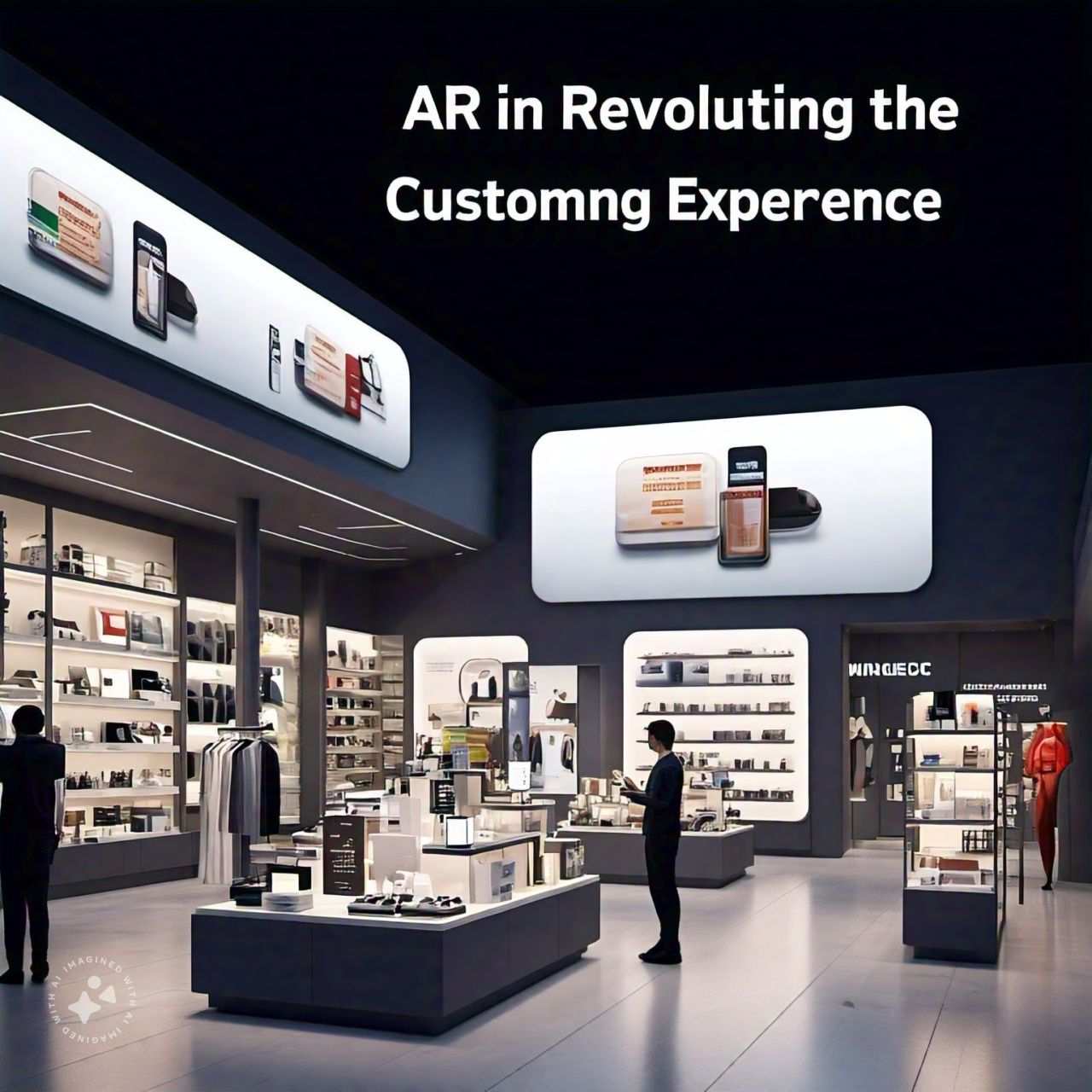
Augmented Reality (AR) has emerged as a game-changing technology in the retail sector, revolutionizing how customers interact with products and brands. By blending the physical and digital worlds, AR offers immersive experiences that elevate shopping from a mundane activity to an engaging journey. From virtual try-ons to interactive product visualizations, retailers are leveraging AR to enhance customer satisfaction and drive sales.
The Role of AR in Retail
1. Virtual Try-Ons
One of the most significant applications of AR in retail is enabling customers to try on products virtually. Whether it’s clothing, accessories, or makeup, AR allows shoppers to see how items will look on them without stepping into a fitting room. Brands like Sephora and Warby Parker have integrated AR into their apps, making the shopping process more personalized and convenient.
2. Interactive Product Displays
AR transforms static displays into dynamic, interactive experiences. Customers can use their smartphones or in-store AR devices to view additional product information, features, and even 3D models. For instance, IKEA’s AR app lets users visualize furniture in their own spaces, ensuring the perfect fit before purchase.
3. Enhanced In-Store Navigation
AR also aids in guiding customers through physical stores. Interactive maps powered by AR can direct shoppers to specific products or sections, saving time and reducing frustration. This feature is especially useful in large retail spaces like supermarkets or department stores.
Benefits of AR for Retailers and Customers
1. Improved Customer Engagement
AR captivates customers by offering an engaging, interactive experience. It provides a unique way to showcase products, encouraging customers to spend more time exploring offerings and building brand loyalty.
2. Higher Conversion Rates
By allowing customers to visualize products in real-world contexts, AR reduces uncertainty and increases purchasing confidence. This leads to higher conversion rates and fewer returns, benefiting both retailers and customers.
3. Competitive Advantage
Incorporating AR sets retailers apart in a competitive market. Forward-thinking businesses that adopt AR early can establish themselves as innovators and attract tech-savvy consumers.
Challenges in AR Adoption
1. High Implementation Costs
Developing and deploying AR solutions requires significant investment in technology, talent, and infrastructure. Smaller retailers may find it challenging to justify these costs.
2. Technological Barriers
Not all customers have access to AR-enabled devices or the technical proficiency to use them effectively. Ensuring accessibility remains a key concern.
3. Data Privacy Concerns
As AR often requires collecting personal data, retailers must address privacy and security issues to build trust with customers.
The Future of AR in Retail
As AR technology becomes more advanced and accessible, its applications in retail are set to expand. From virtual showrooms to AR-powered loyalty programs, the possibilities are endless. Retailers who embrace AR today will be well-positioned to meet the evolving expectations of tomorrow’s shoppers, delivering seamless, immersive experiences that blend the best of physical and digital retail.





Leave a Reply